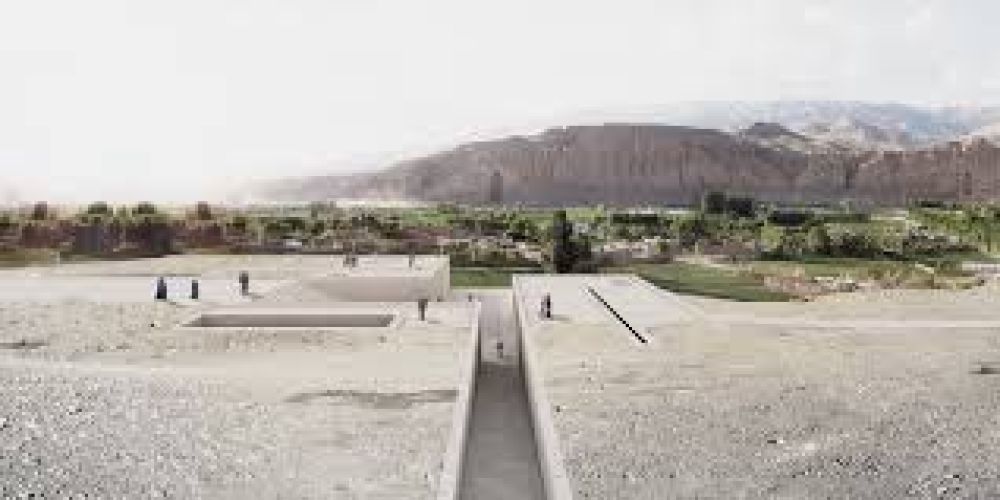

The Bamiyan Cultural Center in Bamyan, Afghanistan stands as a testament to the historical significance and resilience of Afghan culture. Situated in the heart of what was once a thriving hub of the Silk Road, Bamiyan has been a melting pot of different cultures, religions, and artistic expressions for centuries. The region is primarily known for its ancient Buddhist monastic complexes and the giant Buddha statues that were tragically destroyed in 2001.
Bamiyan's history as a tourist destination dates back to the 1960s and 1970s, when the region was part of the Hippie Trail, a popular overland route for Western travelers exploring Asia. Visitors were drawn to the tranquil beauty of the Bamiyan Valley, its azure lakes, and its rich historical heritage, including the famed Buddha statues.
The tourism industry in Bamiyan faced a catastrophic setback with the outbreak of civil conflict and the arrival of the Taliban, who actively discouraged tourism and perpetrated acts of cultural vandalism. The demolition of the Buddha statues was particularly devastating, as it not only obliterated priceless heritage but also decimated the local tourism industry.
In the wake of the conflict, tourism slowly began to return to Bamiyan as stability improved. The establishment of the Bamiyan Cultural Center is part of ongoing efforts to restore the region's cultural vitality and promote sustainable tourism. The center's primary aim is to highlight the diverse cultural heritage of Afghanistan and to serve as a hub for artistic exchange.
The design of the Bamiyan Cultural Center was selected through an international competition, emphasizing the global importance of the site and its potential to foster cross-cultural dialogue. The center includes exhibition halls, a research center, and spaces for cultural performances, positioning Bamiyan once again as a nexus of cultural tourism in Afghanistan.
Sustainable Tourism is at the forefront of current trends in Bamiyan, with initiatives aimed at preserving the natural environment and cultural sites while providing economic benefits to local communities.
Cultural Tourism has seen a resurgence as travelers increasingly seek authentic experiences and knowledge about the historical context of the places they visit. The Bamiyan Cultural Center plays a critical role in this trend by educating visitors on the region's rich heritage.
Adventure Tourism is also gaining popularity in Bamiyan, thanks to its stunning landscapes ideal for hiking, rock climbing, and exploring its historical sites.
Despite the potential for tourism, there are significant challenges due to political instability and security concerns in Afghanistan which impact international visitor numbers. Efforts continue to preserve Bamiyan's heritage and to promote it as a safe destination for cultural tourism.
As part of revitalizing the tourism sector, UNESCO declared the Cultural Landscape and Archaeological Remains of the Bamiyan Valley as a World Heritage site. This has helped draw attention to the need for conservation and the potential for responsible tourism development.
The Bamiyan Cultural Center is not just a building; it is a beacon of hope for a brighter future, reflecting the indomitable spirit of the Afghan people and their dedication to cultural preservation and understanding. As global awareness and support grow, tourism stands to play a pivotal role in the sustainable development of Bamiyan and the broader region.